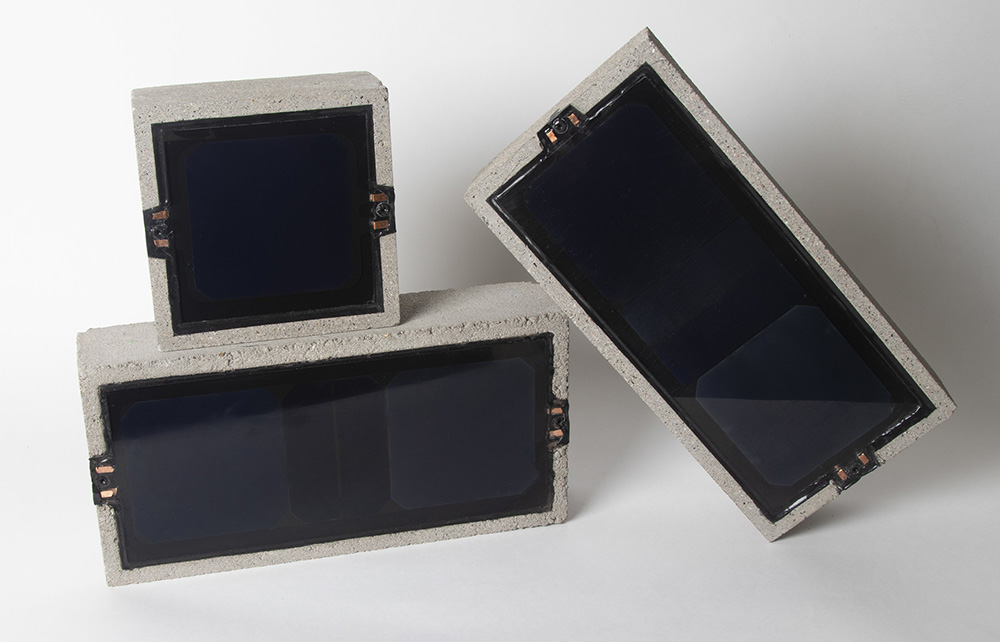News: Green Buildings
Posted: April 24, 2014
Wayne J. Griffin Electric providing services for first Mass. state-owned zero-net energy office building
A new 45,000 s/f field headquarters for the Division of Fisheries & Wildlife (DFW) is being constructed adjacent to the Westboro Wildlife Management area. The building will include office, labs, meeting and classroom areas to be located on the site of the existing DFW headquarters building on the campus of the former Lyman School.
The facility will achieve zero net energy through solar photovoltaics and innovative mechanical systems as well as building envelope quality and reduction of all energy loads through building management.
The building features a very efficient envelope with triple glazed curtainwall and metal windows as well as structural insulated panels. It has been oriented to optimize production from the rooftop photovoltaic panels while minimizing heating and cooling energy use.
Under the direction of the Division of Capital Asset Management and Maintenance (DCAMM), the project team includes construction manager at-risk, Columbia Construction Co.; architect, Architerra Inc.; electrical engineer, Van Zelm Heywood and Shadford. The Wayne J. Greffin Electric Inc. team is being led by project manager Dave Mort and foreman Rob Thrasher.
The Griffin team's on-site contributions include the installation of the 290kw utility interactive photovoltaic system, as well as a 1,000-amp service and energy-efficient LED lighting. Furthermore, the team is responsible for installing an addressable fire alarm system, emergency generator and lighting controls. Finally, systems for data acquisition, telecommunications, CCTV and access controls are part of the company's electrical contract.
Installation of the rooftop photovoltaic system will offer challenges due to the pitch of thefacility's 35-foot high roof. The facility's metal roof is to be completely covered by 888 photovoltaic panels.
Being constructed as the first state-owned zero-net energy office building in Mass., the project is seeking a LEED Platinum distinction, due to the many sustainable features, including innovative mechanical systems and building envelope quality, and the reduction of energy loads through building management. The facility's ecological site plan includes an outdoor educational setting through its 1,000-acre wildlife management lands. Inside the facility, the use of a heat recovery system, in addition to mechanically-assisted natural ventilation will minimize heating and cooling energy usage, in addition to its radiant heating/cooling and geothermal systems. The headquarters will capture energy through its roof-mounted photovoltaic panels, in order to power the facility, and optimize the use of natural light throughout, with the assistance of a triple-glazed curtain wall, including metal windows and structural insulated panels.
Project Features:
Leed Gold Certification (minimum)
Optimum orientation to minimize heating & cooling energy use
Use of natural light
Geothermal System
Radiant heating and cooling
Photovoltaic panels on the roof
Mechanically assisted natural ventilation
Heat recovery
On site stormwater recharge
Sustainable site plan with native species which will serve outdoor education and be a gateway to 1000 acre wildlife management lands
Energy Usage
The current energy model is calling for of 303 mwh/yr which equates to 22.6 kBtu/ft². Compared against the expected 370 mwh/yr production of the PV system, this is a projected 22% buffer between energy use and production and is approximately 60% below typical usage for this type of building.
Leed modeling results suggest that the designed building will reduce actual energy cost by 50.1% compared to the Leed baseline building.
The majority of energy savings are in heating energy. These savings result from improved heating performance (heat pumps use ~25% of the energy that electric resistance requires for the same load), exhaust air energy recovery (reduces ventilation loads by ~70%), demand controlled ventilation (reduces ventilation loads by ~50%), improved envelope performance, and the decoupling of the outside air system from space loads which reduces reheat.
Tags:
Green Buildings
MORE FROM Green Buildings
Bridgeport implements energy efficiency plan with utility partners and regional business council
Bridgeport, CT The flurry of economic development and urban revitalization across the city has cultivated a renewed interest in updating municipal, residential and commercial properties to be more efficient and sustainable. Since 2018, city officials have partnered





